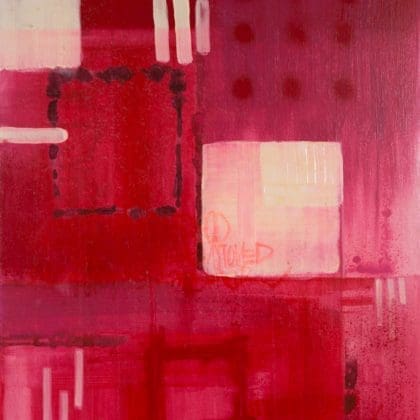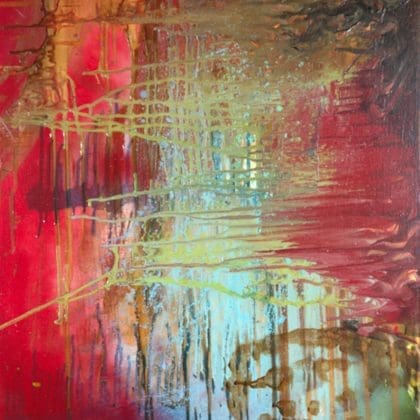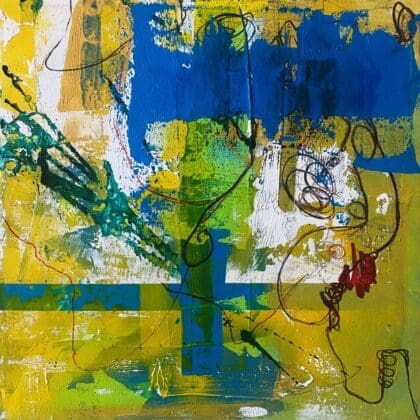Art has long been a coveted investment for those seeking to diversify their portfolios while indulging in the beauty of human creativity. However, the world of art valuation can be complex and mystifying, especially for beginners. As you embark on your journey as an art collector and investor, it’s crucial to understand the various factors that influence the value of artworks. In this guide, we’ll explore the key elements that impact art valuation, providing you with insights and examples to help you make informed decisions in the art market.
Introduction
Art, beyond its aesthetic appeal, has the potential to appreciate significantly in value over time. For novice art collectors, understanding the factors that determine the worth of an artwork is paramount to making sound investment decisions. Let’s delve into the crucial factors that can influence the valuation of art, helping you navigate this intricate terrain.
1. Artist’s Reputation and Fame
One of the most prominent factors in art valuation is the reputation and fame of the artist. Established and renowned artists often command higher prices for their works due to their track record and influence on the art world.
- Example: Pablo Picasso, an iconic figure in the art world, is known for artworks such as “Les Femmes d’Alger,” which sold for over $179 million at auction in 2015.
2. Provenance and Ownership History
Provenance, or the history of ownership and exhibition of an artwork, plays a significant role in its valuation. An illustrious ownership history, especially if it includes well-known collectors or museums, can enhance an artwork’s value.
- Example: Leonardo da Vinci’s “Salvator Mundi” achieved a record-breaking sale of $450 million in 2017, partly due to its ownership history, which included King Louis XII and a long list of notable collectors.
3. Rarity and Scarcity
The scarcity of an artwork can greatly impact its value. If an artwork is rare, either because of limited production or few available on the market, it can become more desirable to collectors.
- Example: Vincent van Gogh’s “Portrait of Dr. Gachet” is valued not only for its artistic merit but also for its rarity, as it is one of the few portraits painted by van Gogh during his lifetime.
4. Artistic Significance
The artistic significance of an artwork, its cultural or historical importance, can significantly influence its valuation. Artworks that have had a lasting impact on the art world or have been central to art movements often command higher prices.
- Example: Marcel Duchamp’s “Fountain,” a urinal signed with the pseudonym R. Mutt, is considered a groundbreaking work of conceptual art and is highly valued for its historical significance.
5. Medium and Materials
The materials used in creating an artwork can also affect its value. Some materials, such as gold leaf or rare pigments, can increase an artwork’s worth. Additionally, the medium itself, whether it’s an oil painting, sculpture, or digital art, can influence valuation.
- Example: Gustav Klimt’s “Portrait of Adele Bloch-Bauer I” is adorned with gold leaf, contributing to its opulent appearance and higher valuation.
6. Condition and Preservation
The condition of an artwork is crucial to its value. Artworks that have been well-preserved and maintained over the years tend to fetch higher prices than those in poor condition. Conservation efforts can impact an artwork’s value positively.
- Example: Leonardo da Vinci’s “The Last Supper” underwent extensive restoration work to repair damage and enhance its condition, preserving its value as an iconic masterpiece.
7. Size and Scale
The size and scale of an artwork can also influence its valuation. Larger works often require more space and are rarer, which can increase their desirability and value. Conversely, smaller works may be more accessible but may not command the same prices.
- Example: Mark Rothko’s large-scale abstract paintings, such as “No. 6 (Violet, Green and Red),” are highly valued for their immersive presence.
8. Subject Matter and Theme
The subject matter and thematic content of an artwork can be a significant factor in valuation. Certain subjects or themes may be more popular or culturally relevant at specific times, affecting an artwork’s demand and value.
- Example: Norman Rockwell’s nostalgic and patriotic depictions of American life, like “Freedom from Want,” resonate with collectors who value such themes.
9. Art Market Trends and Demand
The art market is subject to trends and fluctuations in demand. Artists who are in vogue or whose works align with current tastes can see their valuations rise, while others may experience downturns.
- Example: The demand for contemporary artists like Jean-Michel Basquiat has surged in recent years, with his “Untitled” painting selling for over $110 million in 2017.
10. Economic and Global Factors
Global economic conditions, geopolitical events, and currency fluctuations can also influence the art market. Economic downturns may lead to reduced art sales, while periods of economic prosperity can see art prices rise.
- Example: During the economic boom of the 1980s, Japanese buyers entered the art market, driving up prices for Impressionist and modern artworks.
Conclusion
As a beginner art collector with the intent to buy, understanding the factors that impact art valuation is essential to making informed decisions and building a meaningful collection. While there is no foolproof formula for predicting an artwork’s future value, considering factors such as the artist’s reputation, provenance, rarity, artistic significance, and market trends can guide your choices.
Remember that art collection should not solely be about financial gain; it should also be a reflection of your personal taste and appreciation for the arts. It’s a journey of discovery and enjoyment that allows you to connect with the creativity and culture of humanity.
In the ever-evolving art market, staying informed and seeking guidance from experts can be valuable. As you explore the world of art, keep in mind that the most fulfilling collections are those that resonate with your heart and soul, regardless of their monetary value. Happy collecting, and may your art journey be both enriching and rewarding!




